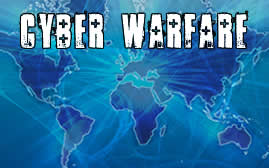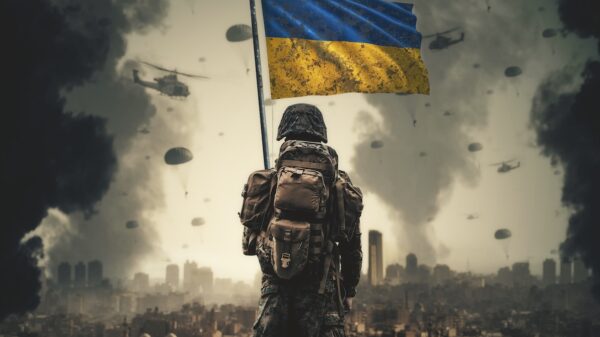Cyber weapons may be cheaper to make than tanks and nuclear arms, but they come with a dangerous caveat – once they are discovered, the target-er can become the targeted.
At Kaspersky Lab’s Cyber Security Summit today in New York City today, the pros and cons of developing cyber-weapons such as Stuxnet and Duqu – and how their use can impact corporate environments – was front and center.
While it may not be possible to disassemble and reassemble a cruise missile after it is used, that is entirely possible when it comes to cyber-weapons, Kaspersky Lab CEO Eugene Kaspersky observed in a panel discussion.
 “That,” Kaspersky said, “is why my point is that a cyber-weapon is extremely, extremely dangerous…the victims will learn, and maybe they will send this boomerang back to you.”
“That,” Kaspersky said, “is why my point is that a cyber-weapon is extremely, extremely dangerous…the victims will learn, and maybe they will send this boomerang back to you.”
From his seat on the panel, Howard Schmidt, who served as the cyber-security coordinator for the Obama administration for three years, compared the situation to a passage from Sun Tzu’s famous book, ‘The Art of War.’
“You would never want to use fire in a battle if the wind’s blowing in your face,” Schmidt said. “That just makes sense. The second thing you want to do, if indeed you want to use fire and the wind is blowing in your face, you’d better hope you have nothing that will catch fire. The third thing is if you have something that catches fire, it better not be important to you.”
“When we look at the pieces of malware out there that are being pushed around, a government may say ‘this is a very, very well-crafted, very specific piece of malware designed to do something very specific.’ To believe that’s going to stay there and never ever be discovered, never ever be reverse engineered…that’s just foolhardy,” he said. “So what happens is you are playing with fire.”
The bottom line, he concluded, is “why would you just sort of throw that out there and hope that it doesn’t come back and hit you? Those are the things we really, really have to, on a nation state level, start to think about it.”
Their commentary comes not long after the publication of ‘Red October’, a cyber-espionage attack that successfully compromised computer systems at diplomatic, government and scientific research organizations during a five-year period. No proof has been provided that it was government-sponsored. However, there have been widespread reports during the past two years that other malware, such as Stuxnet, was linked to efforts by the U.S. and Israel to sabotage Iran’s nuclear ambitions.
Fighting the cyber war in some ways is akin to dealing with money laundering, Schmidt said, recalling that in the past many governments either participated in money laundering or looked the other way. Others however decided to try to crackdown on it. Likewise, some countries are reluctant to crack down on hackers whose activities benefit their economy, he said.
Operation Aurora – the cyber attack publicized by Google in 2010 – prompted the general acceptance of the fact that countries were perpetrating cyber attacks, Costin Raiu, director of the global research and analytics team at Kaspersky Lab, said during a presentation on the threat landscape for corporations. It was also proof that not all attacks were governments targeting governments – instead it was governments targeting companies.
He also noted that in the case of cyber-war, there can be collateral damage. An example of this is Chevron, which disclosed in 2012 that some of its systems had been infected with Stuxnet in 2010.
While all corporations face a level of risk associated with cyber-attacks, some industries are more aware of the danger than others – principally because they have been hit harder by high-profile attacks, Kaspersky said.
“Those that have been a victim, you can guarantee at the next board meeting this was an agenda item,” Schmidt said. “If they’re good, not only was it an agenda item in the direct aftermath but…(now) every time there’s a board meeting it will be on the agenda.”
Related Reading: Definition Of ‘Cyberwar’ In Flux, Threat Of Cyber Weapons Underestimated
Related Reading: Kaspersky Lab: While Connections Exist Between Cyber Weapons, Many Secrets Remain














